Language is one of the most powerful tools humans have developed, and some of the world’s oldest ones offer a glimpse into the early civilizations that shaped history. These languages tell stories of culture, religion, and daily life from thousands of years ago. While many of them have evolved or fallen out of use, their influence remains significant in modern society. Here’s a look at some of the oldest languages in the world and the fascinating history behind them.
Tamil

Tamil is one of the oldest continuously spoken classical languages in the world, dating back to at least 500 BCE, though some scholars suggest its origins go as far back as 2500 BCE. It originated in the southern part of the Indian subcontinent, particularly in the modern-day state of Tamil Nadu and northern Sri Lanka. It has a rich literary tradition, with its classical texts, such as the Sangam literature, providing valuable insights into early Tamil culture, politics, and society. Unlike many ancient languages, it is still spoken today by millions of people and is one of India’s official languages. The Tamil script, which has evolved over time, is used not only for communication but also for preserving the language’s vast body of literature. It has a unique status in India as a classical language, recognized for its antiquity and unbroken literary tradition. The language has also spread beyond the Indian subcontinent, with Tamil-speaking communities in countries like Malaysia, Singapore, and South Africa, contributing to its continued vitality.
Latin

Latin, originating in the region of Latium around the 6th century BCE, became the dominant language of the Roman Empire and later the foundation for the Romance languages, including Spanish, French, and Italian. Initially, it was written using an alphabet derived from the Etruscan script, which itself was adapted from the Greek alphabet. Classical Latin, used in literature and formal writing, evolved into Vulgar Latin, the colloquial form spoken by the masses, which eventually developed into the modern Romance languages. Its influence on law, religion, science, and philosophy persists to this day, particularly through its use in the Roman Catholic Church. Even though it is no longer a spoken language, it remains alive in specialized fields such as medicine, biology, and academia. The enduring legacy of it can be seen in the structure and vocabulary of many modern languages, making it a cornerstone of Western linguistic history. Its role as the language of the Roman Empire has left an indelible mark on European culture and beyond.
Hebrew
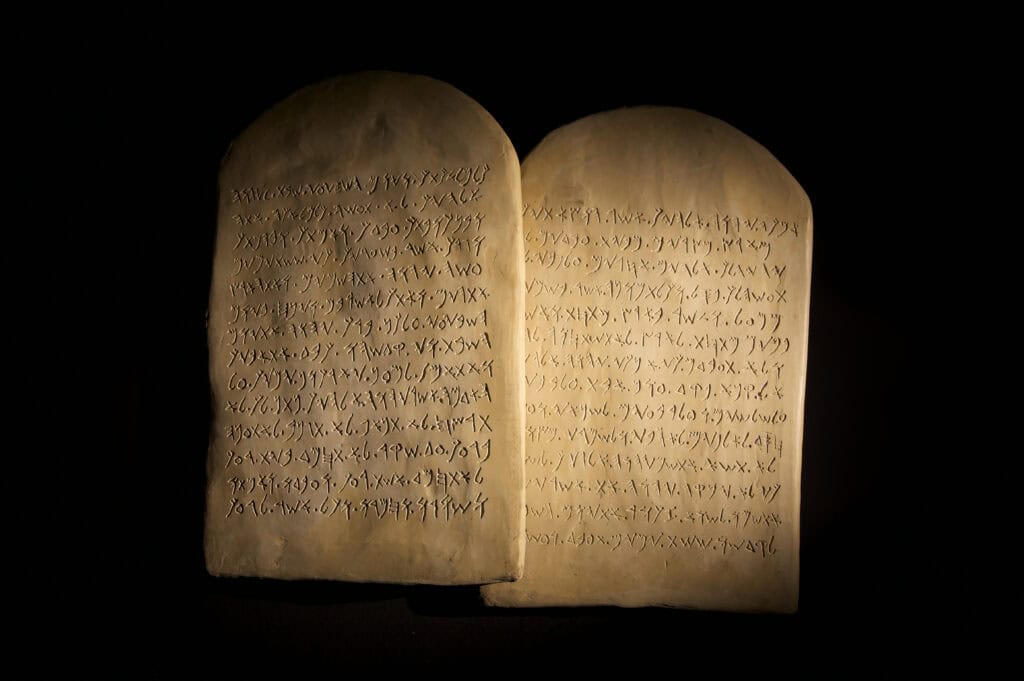
Hebrew, first appearing around 1200 BCE, is one of the oldest languages still in use today, though it was largely dormant as a spoken language for centuries. It originated in the ancient Kingdom of Israel and Judah and is most famously associated with the Hebrew Bible (Old Testament), which was written in Classical Hebrew. It was primarily a liturgical and scholarly language during the Jewish diaspora, with its use confined to religious texts and prayers. However, in the late 19th and early 20th centuries, it was revived as a spoken language, becoming the official language of modern Israel. The revival of it as a living language is one of the most remarkable linguistic achievements in history, with the modern version adapting ancient structures to fit contemporary needs. The Hebrew script, written from right to left, has remained largely unchanged, connecting modern speakers with their ancient heritage. Today, Hebrew is spoken by millions in Israel and Jewish communities globally.
Aramaic

Aramaic, a Semitic language originating around 1200 BCE, once served as the lingua franca of much of the ancient Near East. It is closely related to Hebrew and Arabic and was widely used in the Persian Empire, where it became the official language of administration and trade. It is famously known as the language spoken by Jesus and his disciples, and portions of the Bible, particularly the Old Testament, were written in it. Although its use has significantly declined, some small communities, particularly in Syria, Iraq, and Lebanon, still speak modern dialects of it today. It was written in various scripts over its long history, including the Syriac and Nabataean alphabets, which later influenced the development of Arabic script.
Chinese
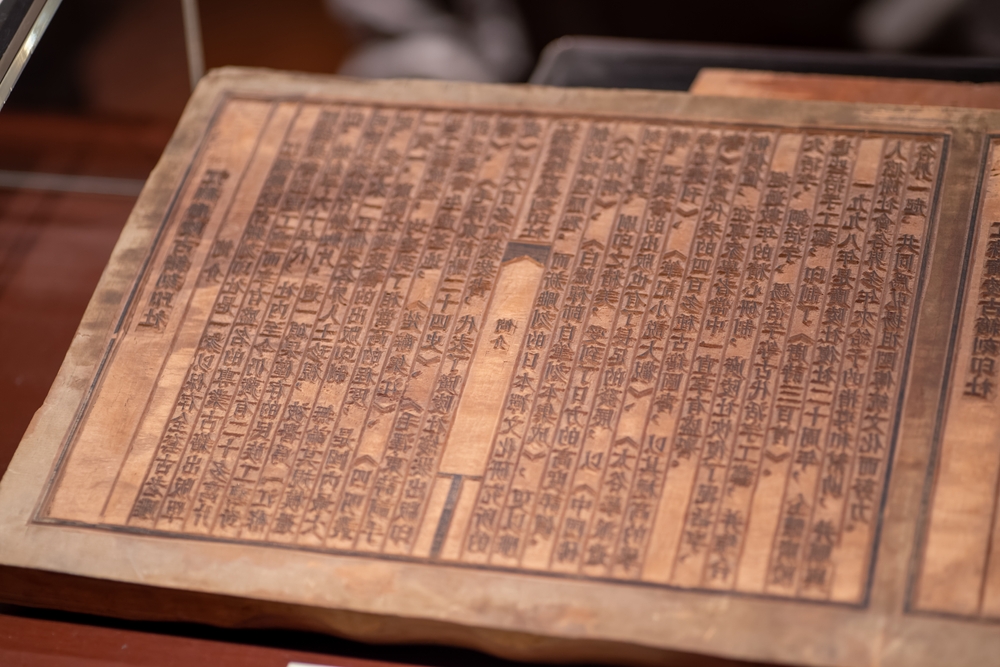
Chinese, particularly its earliest form known as Old Chinese, dates back to around 1250 BCE, with written records found on oracle bones from the Shang dynasty. It is unique in its use of characters rather than an alphabet, with thousands of symbols representing words or ideas. Over time, it evolved into various forms, such as Classical Chinese, which was used for literary and official purposes until the early 20th century, and Modern Standard Chinese, or Mandarin, which is the most widely spoken language in the world today. The continuity of written Chinese, despite changes in its spoken form, has allowed for the preservation of Chinese culture, philosophy, and history across millennia. It has influenced many other languages in East Asia, particularly Japanese, Korean, and Vietnamese, through the adoption of Chinese characters.
Greek

Greek is one of the oldest recorded languages in the world, with written records dating back to around 1450 BCE, during the Mycenaean civilization. Its first form, known as Mycenaean Greek, was written in a script called Linear B, used mainly for administrative purposes. It has evolved over millennia, transitioning through several stages including Classical Greek, Hellenistic Greek (also known as Koine), and Byzantine Greek. Modern Greek, still spoken today, retains many elements of its ancient predecessor and continues to be the official language of Greece and Cyprus. It has had a profound influence on many languages, particularly through its vocabulary related to science, philosophy, and the arts. The ancient Greeks were the first to develop a full alphabetic writing system, which became the foundation for many modern scripts, including the Latin and Cyrillic alphabets. Greek literature, from the epics of Homer to the philosophical works of Plato and Aristotle, has shaped Western thought and continues to be studied worldwide.
Sanskrit
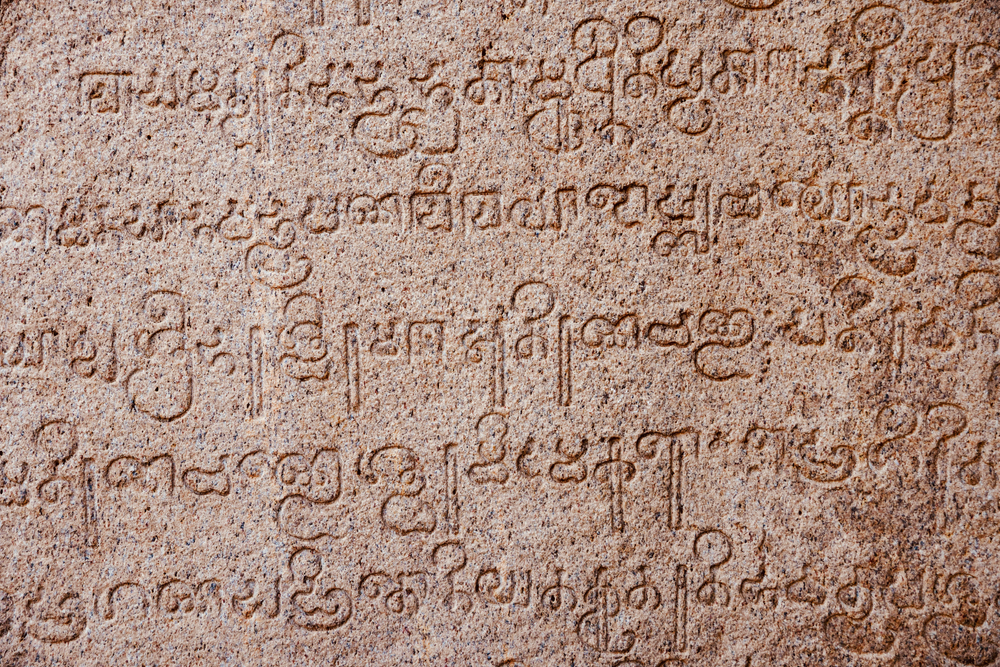
Sanskrit, originating around 1500 BCE, is considered one of the oldest Indo-European languages and is the classical language of ancient India. It is primarily associated with the Vedas, ancient religious texts that form the foundation of Hinduism, making Sanskrit central to Indian religious, cultural, and philosophical thought. Sanskrit is written in various scripts, most notably Devanagari, and is known for its complex grammar and extensive vocabulary. Although it is no longer spoken as a first language, it remains alive through its use in religious rituals, classical Indian music, and yoga practices. It has also had a profound influence on many modern Indian languages, including Hindi, Bengali, and Marathi. The study of it has provided linguists with a deeper understanding of the evolution of Indo-European languages and has influenced Western philosophical thought through translations of ancient Indian texts. Today, it is studied by scholars, religious practitioners, and those interested in its philosophical and literary heritage, with ongoing efforts to revive its spoken form in small communities.
Akkadian
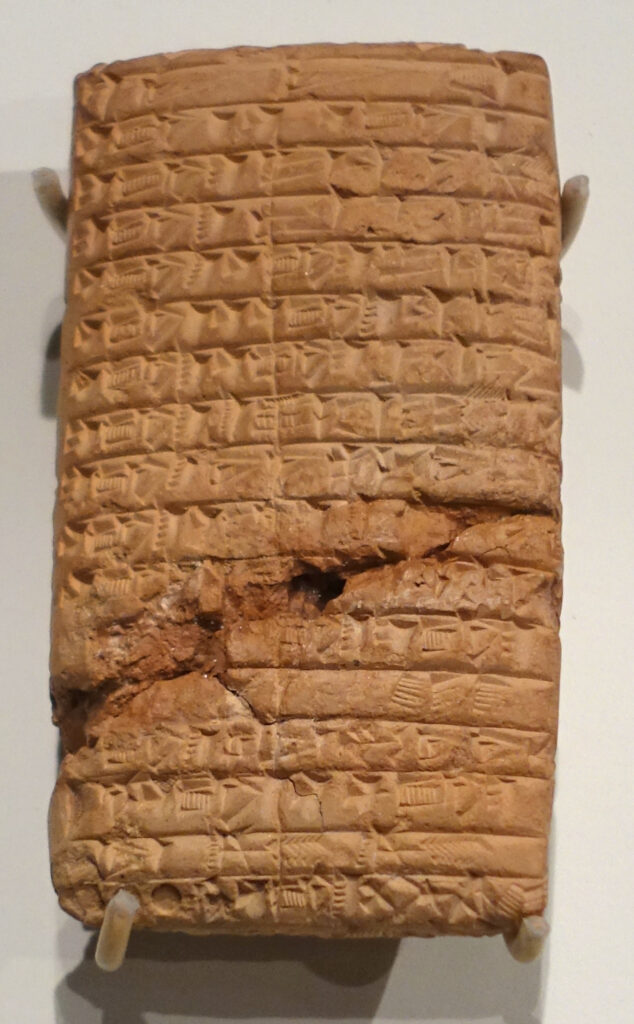
Akkadian emerged around 2500 BCE and was spoken in Mesopotamia, becoming the dominant language of the Akkadian Empire. Written in cuneiform, it evolved into two major dialects: Assyrian and Babylonian, both of which were used for centuries in administration, trade, and literature. It remained a significant language in the Near East until it was gradually replaced by Aramaic around the 8th century BCE. The Epic of Gilgamesh, one of the oldest known literary works, was written in it and provides insights into early Mesopotamian mythology and values. Akkadian texts, written on clay tablets, have provided a wealth of information about the political, social, and economic life of ancient Mesopotamia. Today, it is studied by scholars interested in the history of the ancient Near East, and the language has played a pivotal role in understanding the broader linguistic and cultural context of the region.
Egyptian
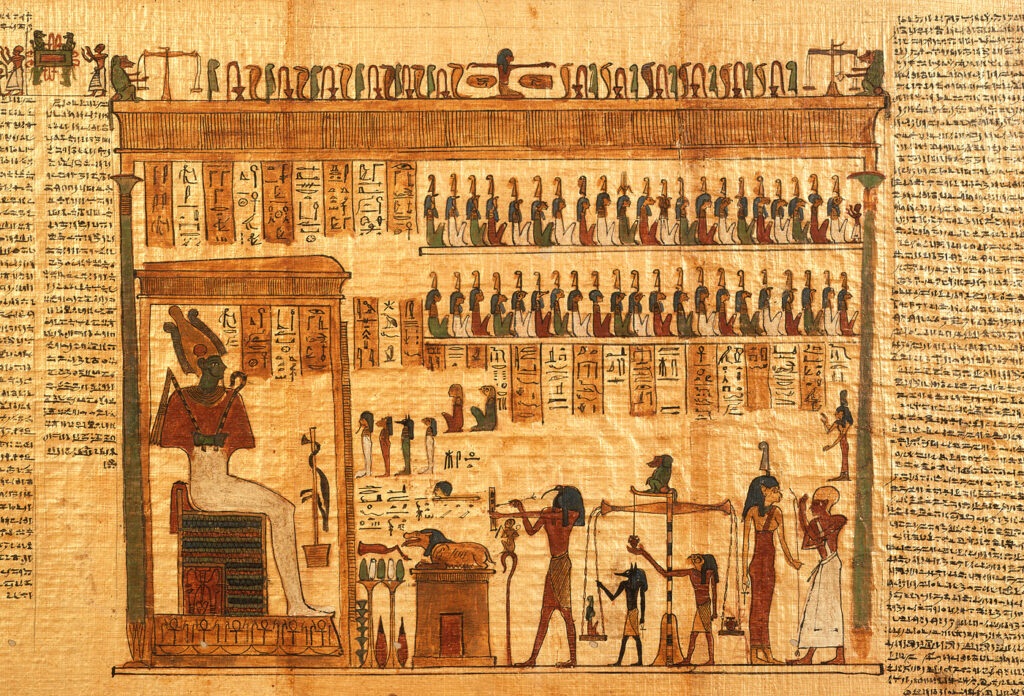
Egyptian, the language of ancient Egypt, dates back to around 3000 BCE and is preserved in hieroglyphic inscriptions on monuments, tombs, and temples. The hieroglyphs, a logographic and alphabetic writing system, were used to represent sounds and concepts. It evolved over time, transitioning into different forms such as Old Egyptian, Middle Egyptian, and Late Egyptian before eventually becoming Coptic, which is still used in the liturgy of the Coptic Orthodox Church today. Though no longer spoken as a native language, it influenced many aspects of modern language and culture, particularly in the Mediterranean and Near Eastern regions. The Rosetta Stone, discovered in 1799, played a critical role in deciphering hieroglyphs and unlocking the secrets of ancient Egyptian civilization. Ancient Egyptian texts reveal a complex society with advanced knowledge in mathematics, medicine, and engineering, reflected in the grandeur of their monuments. Despite the language’s evolution and eventual decline, it remains a subject of fascination and study among linguists and historians. The Coptic phase of the language, still studied in religious and academic contexts, serves as a bridge between ancient and modern Egypt.
Sumerian
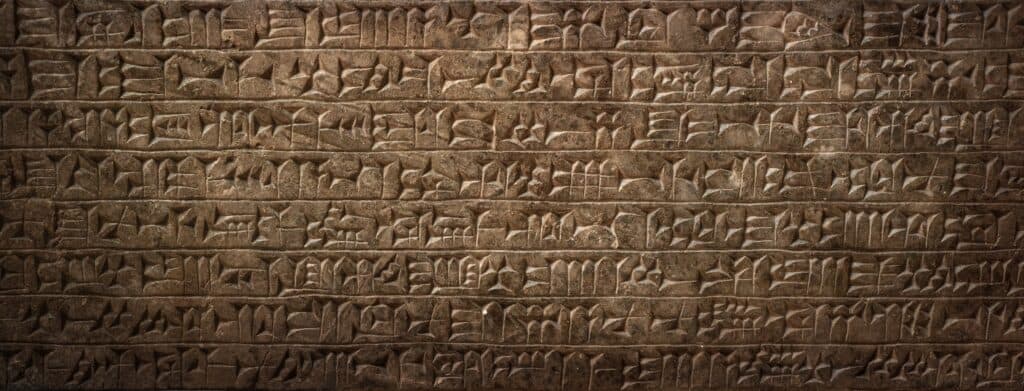
Sumerian is one of the oldest known written languages, with its origins traced back to approximately 3100 BCE in ancient Mesopotamia, present-day Iraq. It was written in cuneiform script, a wedge-shaped writing system that involved pressing a stylus into clay tablets. The Sumerians used this language primarily for administrative, legal, and religious purposes. Despite its antiquity, it ceased to be a spoken language around 2000 BCE but continued to be used as a liturgical and scholarly language in Mesopotamian culture for centuries. Much of what we know about Sumerian society, economy, and governance comes from thousands of surviving cuneiform texts, which include records of trade, laws, and religious practices. While no longer spoken today, it has greatly contributed to our understanding of early human civilizations. Its linguistic and cultural influence extended to the Akkadian language, which borrowed many elements of Sumerian, further cementing its historical importance. Sumerian’s contribution to early writing systems also paved the way for other ancient scripts across the Near East. The study of Sumerian continues to be of significant scholarly interest, particularly in the fields of archaeology, history, and linguistics.
This article originally appeared on Rarest.org.
More from Rarest.org
12 Iconic Movie Props That Have Been Lost or Destroyed

Movie props play a crucial role in bringing films to life, often becoming just as iconic as the characters themselves. However, many of these cherished items have been lost or destroyed over time, leaving behind only stories and memories. Read More.
8 Largest Wolves in the World

Wolves are some of the most captivating and powerful animals in the wild, known for their intelligence, strength, and adaptability. Across the world, different species and subspecies of wolves have evolved to thrive in diverse environments, from icy tundras to mountain ranges. Read More.
8 Oldest McDonald`s Restaurants in America

McDonald’s is an iconic fast-food chain that has grown into a global brand, but its roots can still be traced back to several key locations across America. Some of these early branches have either been preserved or modernized, offering a glimpse into the company’s humble beginnings. Read More.
